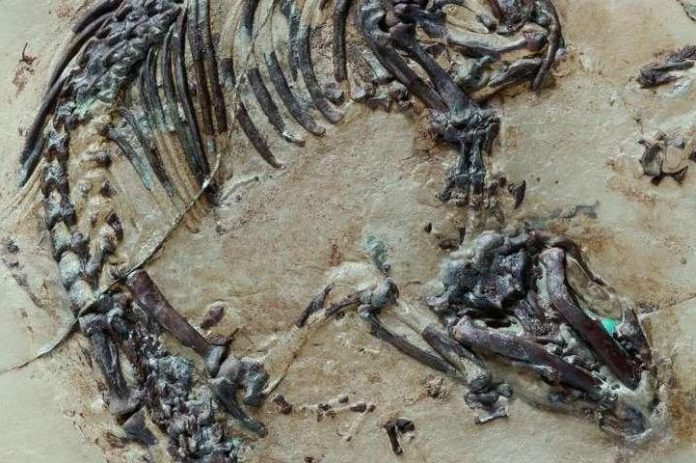An extremely well-preserved mammal fossil has shown that the development of hair in mammals occurred at least 60 million years earlier than previously known. The remains of Spinolestes xenarthrosus were unearthed in the Las Hoyas Quarry in east-central Spain by Dr. Angela D. Buscalioni, professor of paleontology at the Autonomous University of Madrid, Dr. Zhe-Xi Luo, professor of organismal biology and anatomy at the University of Chicago, and Dr. Thomas Martin, professor of paleontology at the University of Bonn.
Spinolestes xenarthrosus lived 125 million years ago. The animal was small. The animal was 9.5 inches in length and may have weighed as much as 2.5 ounces. The tooth structure indicates the mammal was a ground-dweller that had a diet of insects. The animal had extra articulations between its vertebrae that increased the animal’s strength. The fossil also presented the first known liver, lung and diaphragm from an animal of this age as well as an ear lobe that was covered with hair.
The most important discovery was the mass of hair that covered the majority of animal’s body. The hair structure is extremely similar to that of modern mammals and includes distinct individual hair follicles and shafts. Multiple hairs emerge from a single pore and the average hair diameter was one millimeter. The state of preservation was so intact that the researchers were able to identify a fungal skin infection known as dermatophytosis that shortens hairs and still exists today.















